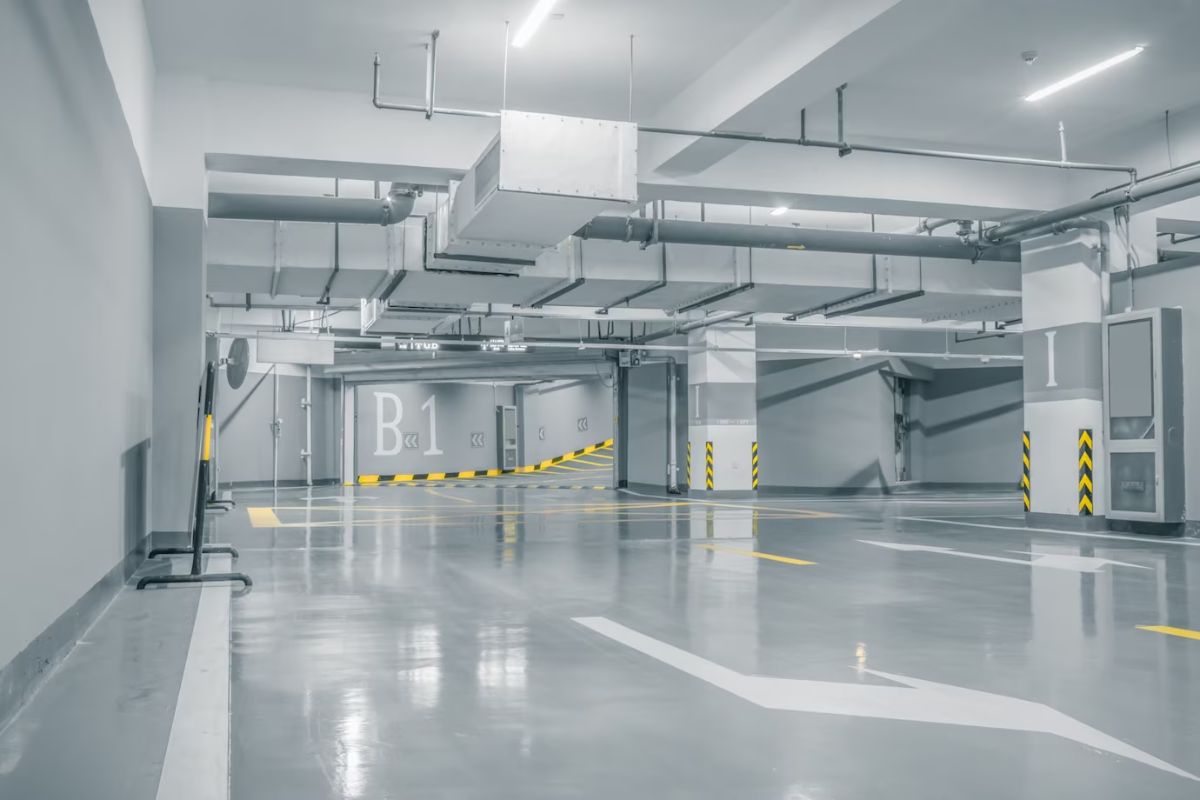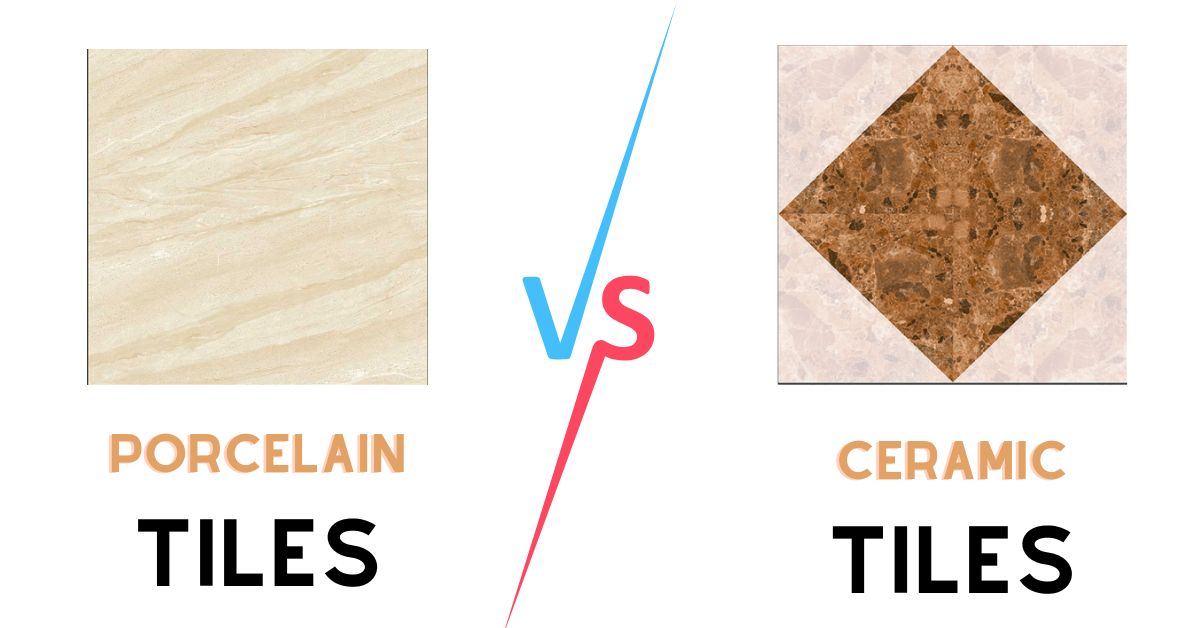In the realm of interior design and home improvement, epoxy resin has emerged as a versatile and aesthetically pleasing solution for floor coatings. Its popularity lies in its ability to transform mundane surfaces into glossy, durable, and visually stunning masterpieces. This blog aims to delve into the world of epoxy resin for floor coating, exploring its types and providing a step-by-step guide on how to achieve a flawless finish.
What is epoxy flooring?
Epoxy flooring is a type of flooring system that involves the application of epoxy resin to a concrete substrate, creating a strong, durable, and visually appealing surface. Epoxy resin is a two-part chemical compound consisting of a resin and a hardener that, when mixed, undergo a chemical reaction resulting in a hardened and rigid material.
What is an epoxy coating for the floor?
Epoxy coating for floors is a protective and decorative finish applied to concrete surfaces to enhance their durability, aesthetics, and resistance to various forms of damage. It is a type of epoxy resin system that, when properly applied, forms a hard, glossy surface that can withstand heavy use, chemicals, and other environmental stressors. Epoxy floor coatings are commonly used in residential, commercial, and industrial settings.
Types of Epoxy Resin for Floor Coating
1. Water-Based Epoxy Resin:
- Eco-Friendly Choice: Known for its low VOC (volatile organic compound) content, water-based epoxy resin is an environmentally friendly option.
- Ideal for Indoor Spaces: Suited for residential and commercial interiors where ventilation may be limited.
2. Solvent-Based Epoxy Resin:
- High Durability: Solvent-based epoxy resin is renowned for its robustness and ability to withstand heavy foot traffic and harsh chemicals.
- Outdoor Application: Well-suited for outdoor spaces due to its superior resistance to UV rays and extreme weather conditions.
3. 100% Solid Epoxy:
- Maximum Thickness: Ideal for applications where a thick coating is required, as it does not contain any solvents or water.
- Industrial Strength: Commonly used in industrial settings, providing unparalleled durability and resistance.
The Step-by-Step Guide to Epoxy Resin Floor Coating
Step 1: Surface Preparation
Before embarking on the epoxy resin application journey, thorough preparation is key. This involves:
- Cleaning: Remove any dust, dirt, or contaminants from the floor surface.
- Repairing: Address any cracks or imperfections, ensuring a smooth canvas for the epoxy coating.
Step 2: Primer Application
- Bonding Agent: Apply a primer to enhance the adhesion between the epoxy resin and the floor surface.
- Sealing: Seal porous surfaces to prevent air bubbles from forming in the epoxy layer.
Step 3: Mixing Epoxy Resin
- Accurate Measurements: Follow the manufacturer's guidelines for precise mixing ratios.
- Thorough Mixing: Ensure a homogeneous blend to achieve consistent results.
Step 4: Application
- Roller or Squeegee: Use a roller or squeegee for even distribution of the epoxy resin.
- Thin Coats: Apply thin coats to prevent uneven curing and bubbling.
Step 5: Optional Decorative Touches
- Color Flakes: Introduce color flakes for a decorative touch.
- Metallic Pigments: Achieve a unique, metallic finish for a modern aesthetic.
Step 6: Allow for Curing
- Patience is Key: Allow the epoxy resin to cure as per the manufacturer's recommendations.
- Avoid Foot Traffic: Restrict foot traffic until the coating has fully cured.
Conclusion
Epoxy resin floor coating is not merely a protective layer but a transformative element that elevates the aesthetics of any space. By understanding the types of epoxy resin available and following a meticulous application process, you can embark on a journey to create floors that seamlessly blend durability with visual allure. Embrace the beauty of epoxy resin and unveil a world of possibilities for your floors.
Also Read : 1). Top Epoxy Resin Manufacturers And Suppliers in the USA
2) Top epoxy resin Manufacturers in India


.jpg)





